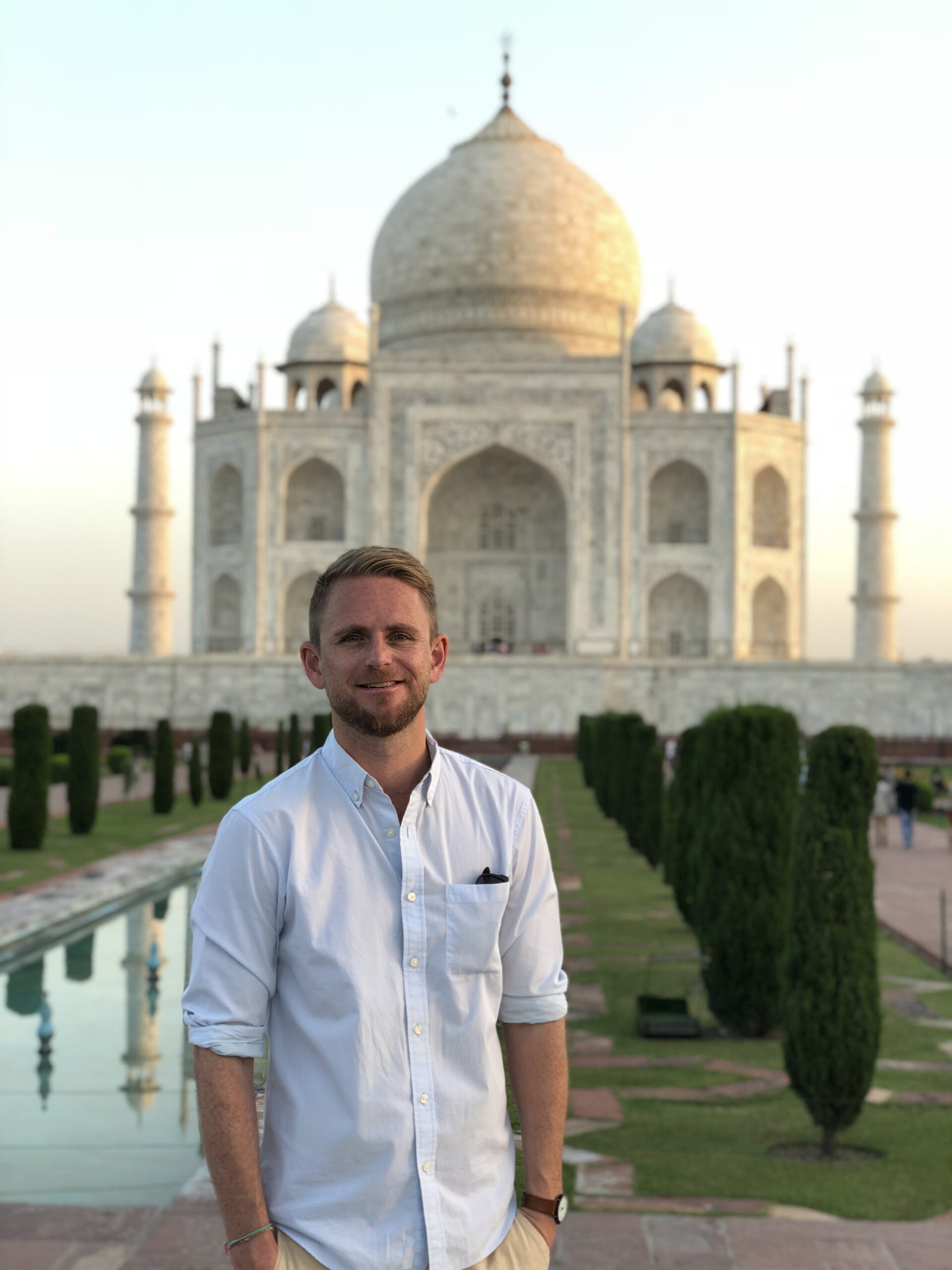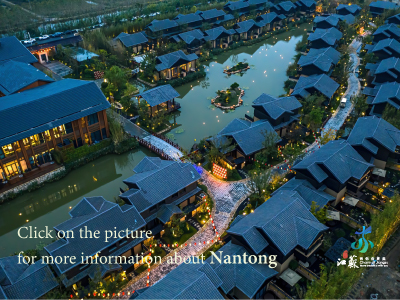FOLLOWING a wide-ranging chat with Contiki’s global CEO Adam Armstrong last week, it was clear the experienced travel executive feels travel agents here in Australia are missing a trick when it comes to youth travel.
While admittedly the brand did enjoy one of its best years on record last year – thanks largely to a strong wave of revenge travel which saw young Aussies flock to Europe in their droves – Armstrong is adamant there are still many untapped opportunities for travel sellers.
Of particular lament for Armstrong was the collapse of STA Travel in 2020, which buckled under the pressure of the pandemic. The void left by the youth-focused travel agency is still being felt by Contiki, Armstrong explained, which before its demise contributed “significant” distribution.
“They really were massive distributors for Contiki – and other youth operators for that matter – so we’re all struggling with reduced trade distribution,” Armstrong conceded.
Not only did the STA failure inflict a deep wound on Contiki, in Armstrong’s mind, that gap in the market is yet to be meaningfully filled by travel agents in Australia, some of whom may not be fully aware of the lucrative sales opportunity that exists in the youth segment.
“Very few of the existing travel agencies in Australia have taken up the capacity that was sold through STA and it’s a shame because it really is good business for the travel agent and it was great for us because they [STA] were able to match the right consumer to the right youth brand – because we are not all the same,” Armstrong argued.
Part of the problem is tethered to an unfair perception of the value that youth travel products offer advisors.
“In Australia, the United Kingdom and the United States – our three big markets – there really is a misconception among a minority of the trade that [youth travel] is not a good value business, some think it’s all low price and low margin and it is not the case with Contiki.
“Trips involve several thousands of dollars for the tour, it’s a couple of thousand for flights, as well as all of the other bits and pieces, so it really is good business and there is a good margin to be made out of it and good commissions,” Armstrong added.
The images that are perhaps too easily conjured up in the minds of some travel agents when thinking of Gen Z and Millennial trips is that of budget hostels, backpacking and budget meals.
However, as Armstrong lays out, that is only a small part of a segment that has been rapidly evolving in recent years, with the tastes of younger people shifting toward wanting more premium accommodation and deeper immersive touches on their holidays, to name just a few.
The majority of Contiki’s bookings are currently coming to the brand directly, but that is not by any desire on behalf of the business, but rather because the space is not being fully catered for, at least according to Armstrong.
“There are a lot of young people that need help and need that hand holding to be directed to the right brand,” he suggested.
“Just like in the cruise space, not every ship or cruise line is the same and travel agents can easily help with directing and it really is the same with youth travel.”
It is often said (mainly by older folks, let’s be real) that youth are blinded by their own certainty, however at least in Armstrong’s view, perhaps it is the older generations who are guilty of failing to see the wisdom in selling youth tours.







